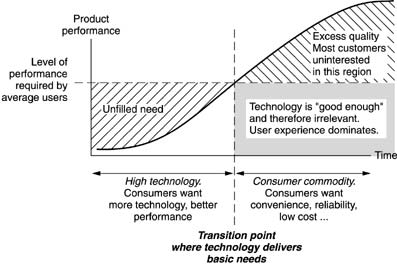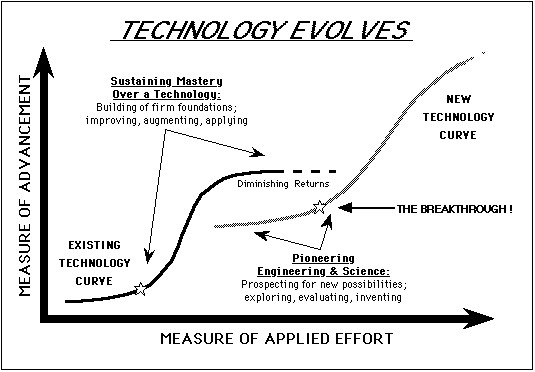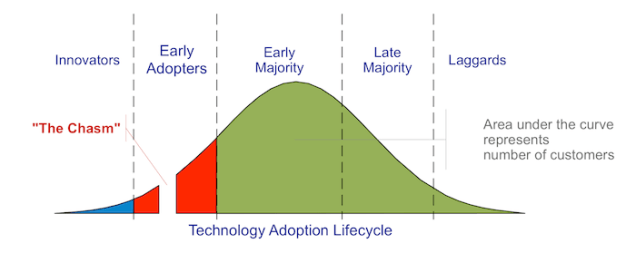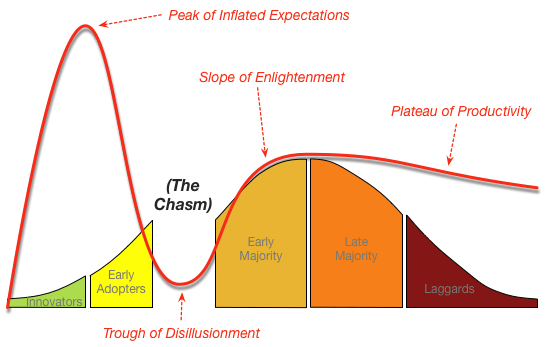In the previous article we looked at how SAP handled building a disruptive technology, HANA, into the core of some of the largest, most complex, most critical, and slowest moving systems in existence. While certainly not perfect, this is a good example of how a technology transition can be handled.
SAP is also working with another disruptive technology – AI. Unlike the core ERP database, AI is new. AI can be applied to new applications, making it easy to add to existing systems without replacing or modifying existing systems and functions.
At its core, AI adds value to data. It takes existing data and provides guidance. ERP systems are built on data – they store data, process data, and add value to data. You can use AI as a new tool to add value to data – where it makes sense.
Consider one subsystem for ERP: credit card fraud detection. Every time a customer buys something you want to make sure that this is a legitimate transaction. Fraud detection has been a part of order processing for decades. Existing tools and applications check each order for a variety of indicators of whether or not the purchase is valid. For example, has the credit card account expired or been canceled? It is a cat and mouse game between companies and criminals – you don’t want false positives (denying a valid order) or false negatives (allowing a fraudulent order to go through).
AI can provide an additional check. After training on both good and fraudulent transactions, an AI system can provide a probability rating of whether a new order is good or bad.
In this case, AI would extend an existing function. It would be an additional test, building on existing tests – there is no need to use AI to see if an account has expired! This also allows AI to be deployed incrementally. For example, the initial deployment might run the AI based check but just report the results, allowing comparison of AI with existing techniques and further training and adjusting it without customer impact. The AI check could then be used as an additional data point for human evaluation of suspect transactions, and then ultimately used as “just another check” in the fraud detection system in full production deployment.
As revolutionary and disruptive as it promises to be, AI can be introduced incrementally. A good starting point would be to provide an AI Toolkit for customers to use to build AI applications on top of the ERP systems. This toolkit would provide access to data (stored in HANA!), APIs for integrating with the rest of the ERP system, and AI functions for both training and inferencing.
Since ERP systems work with critical and often private data, an AI ERP toolkit would also integrate with the ERP access controls.
This is exactly what SAP has done – provide an AI toolkit that customers can use to build applications.
The AI Toolkit can also be used by SAP – and partners and other members of the SAP ecosystem – to add AI to existing functions and applications as well as building new functions and applications.
This is an example of how existing systems can be extended by disruptive technologies without impacting existing customers or applications and how the disruptive technologies can build on and take advantage of the core capabilities, infrastructure and strengths of an existing system and ecosystem.






